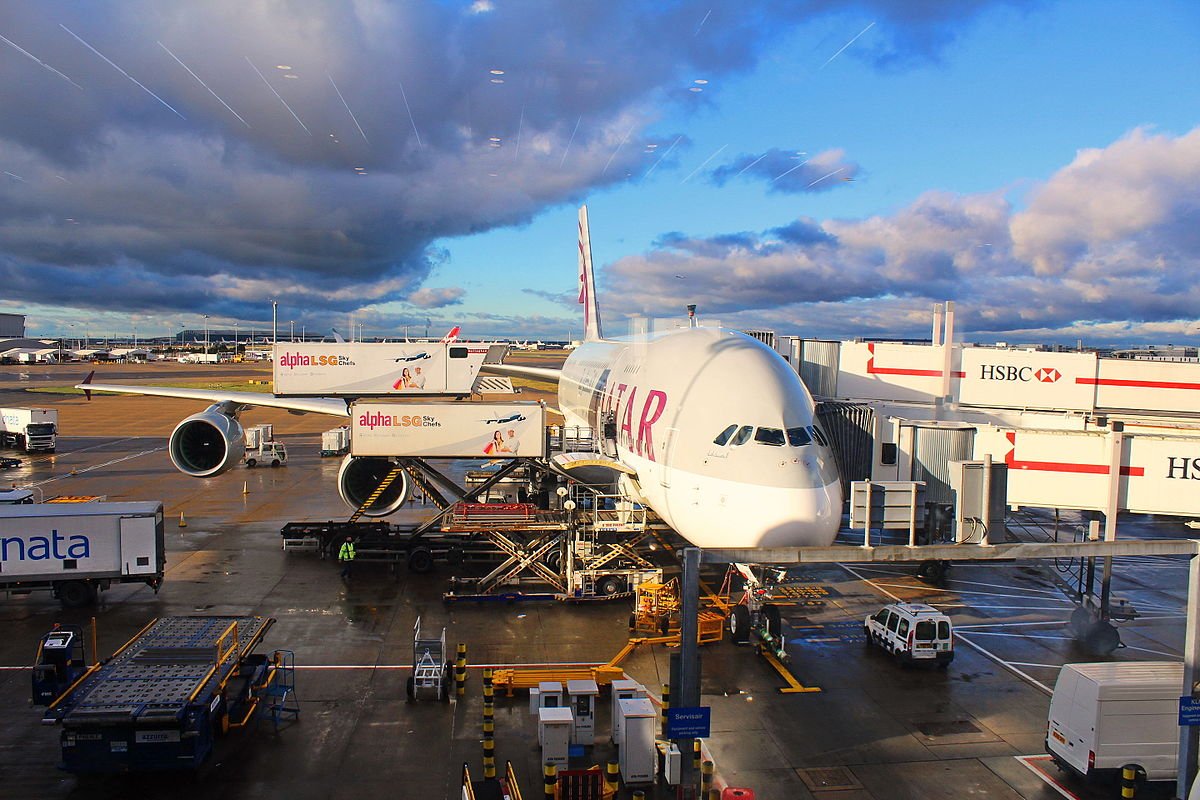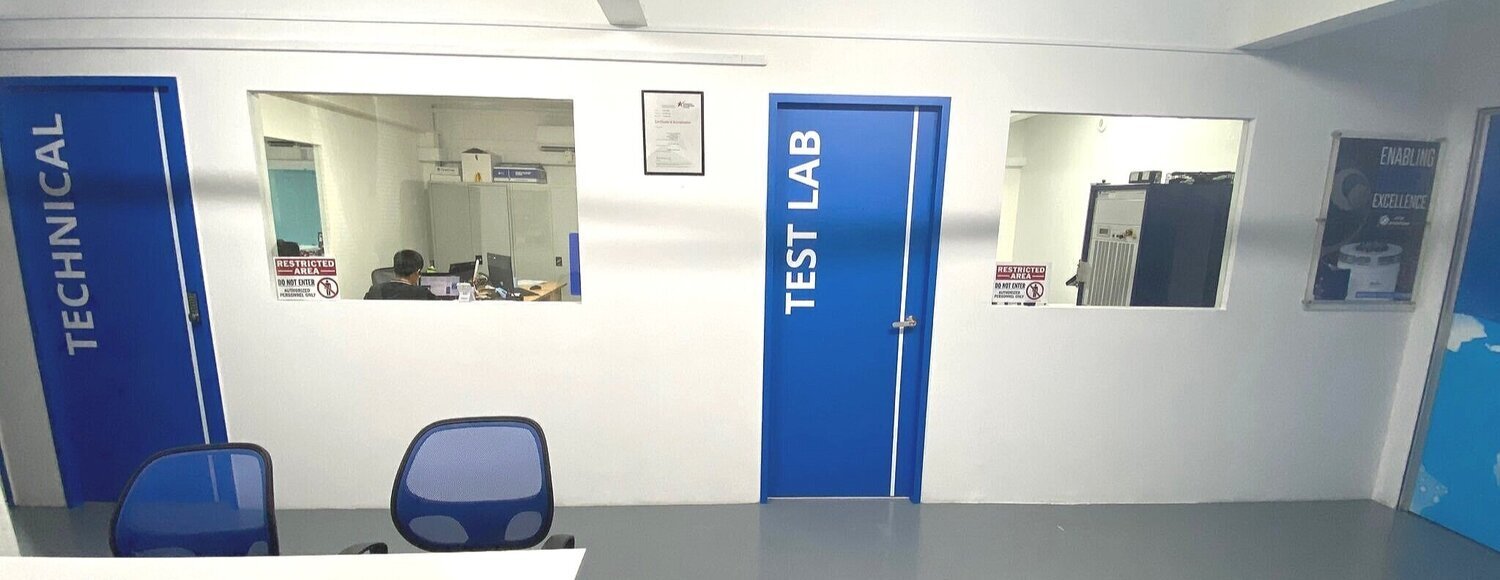Calibration on Ground Support Equipment
Even the highest quality aviation equipment cannot offer 100% protection against wear or operation-related failures. Calibration and maintenance help detect and solve potential problems, ensuring that the components are functioning at their peak efficiency—quickly, thoroughly, and accurately. The advantages of regular calibration and GSE service are significant. They ensure that your equipment is operating efficiently as well as promoting organization and consistency across all machines.
GSE – Ground Support Equipment:
Ground Service Equipment (GSE) includes critical mobile, self-propelled ground support equipment that may be found near an airport’s terminal servicing area. These equipment are primarily used for aircraft servicing during between-flight periods and routine as well as emergency maintenance on the tarmac. GSE design should facilitate speed, operational efficiency, compactness, and accuracy to maintain aircraft uptime and availability.
GSE may include a variety of vehicles to meet the varied ground operation requirements for various aircraft. Electrical power carts, air-conditioning carts, potable water tankers, waste drainage trucks, engine analyzers, various dollies, carts, and lifting jacks are examples of GSE.
GSE Calibration
Calibration (or recalibration) is the process of reducing out-of-tolerance circumstances to an acceptable level. When there are no national calibration standards or regulatory calibration in place, the manufacturer’s original equipment specifications should be followed.
The Federal Aviation Administration (FAA) frequently inspects aircraft support equipment, and it may issue monetary penalties for using equipment with expired calibration certificates. GSE owners are often unable to stick to an exact timetable or calibration cycle as directed by the FAA and in such cases, the FAA has the authority to remove equipment from service if it does not comply with federal standards. Therefore, maintaining a fixed calibration cycle is beneficial for GSE Owners.
GSE Maintenance and Servicing
Preventative maintenance, repair, and service of GSE ensure that the equipment runs smoothly, with minimal breakdowns and machine downtime, and ensures that guesswork is eliminated from operational tasks. However, a poor maintenance strategy or no maintenance plan eventually causes the fleet and company to grind to a halt. Creating ground support equipment maintenance plans is worth the effort and should be considered an important investment of time and resources.
According to several GSE operator case studies, setting up maintenance plans can significantly minimize the amount of effective downtime experienced by ground support equipment. Maintenance downtime also has a significantly smaller financial impact because it can be done outside of your peak operating hours.
Pairing Calibration and GSE Maintenance and Repairs
There is an increasing trend amongst Airport and airline maintenance organizations that choose to combine their calibration and GSE servicing requirements into a single procedure/activity. This has potential benefits in terms of efficiency, communication, and organization. When these activities are combined, an effective plan and scheduled procedure are critical to avoid mistakes that can lead to equipment downtime or even safety incidents.
Step-wise Procedure for Combined Calibration and GSE Servicing:
Following is a step-wise procedure to establish a combined Calibration and GSE Maintenance procedure:
Step 1: Perform a self-assessment of your calibration and maintenance needs: This aspect is crucial to comprehend the resources required to follow a combined calibration and GSE maintenance approach. It is also critical to know your organization’s limits and any areas where help is required (such as a calibration lab or specialist service firm).
Step 2: Create a combined procedure and schedule: GSE maintenance and calibration should be planned after the self-assessment. The procedure should incorporate FAA Guidelines, OEM Recommendations, and industry standards. Flight schedules, emergency conditions, bottlenecks during maintenance, as well as grace periods for unforeseen delays should all be taken into account.
Step 3: Resource planning and allotment: Maintenance resources should be organized in such a way that Combined Calibration and GSE Maintenance do not affect routine GSE functions. An adequate number of qualified personnel, calibration, and testing equipment, and storage/maintenance space should be allotted for both operations.
Step 4: Implement the plan and track its effectiveness: The fourth step is to implement the combined Calibration and Maintenance strategy and log records to monitor if the functions are in line with the plan. The goal of performance evaluation is to modify the plan based on monitoring results and allocating resources to follow the scheduled timelines.
Step 5: Periodically review and update the Combined Calibration and GSE Maintenance plan: The final step is to periodically review and update the Combined Calibration and GSE Maintenance plan. This will ensure that the procedure is continually updated and remains effective.
Benefits of Combined Calibration and GSE Servicing
By following a step-wise procedure for combined calibration and GSE maintenance, organizations can reap the following benefits:
Ensures that all equipment is calibrated and serviced at the same time. Eliminates the need to coordinate with separate activities for calibration and maintenance.
Optimal GSE operation: GSE can operate at optimum performance and efficiency with a combined maintenance plan.
Cost Savings: GSE maintenance will result in overall cost savings. Unplanned downtime and other operational expenses will be saved because the equipment will function more effectively.
Complies with Calibration and Preventative maintenance standards laid by FAA, OEM, and other International regulator standards.
Avoids equipment downtime and reduces overall maintenance costs.
Reduce out-of-tolerance circumstances improve equipment performance and accuracy.
Creates a more streamlined and organized maintenance operation across a variety of GSE equipment.
Promotes consistency and organization among your equipment fleet, and minimizes machine downtime.
Aircraft and GSE operators should recognize that pairing calibration and GSE maintenance activities are beneficial for organizations in the long run. However, the initial phase of establishing a combined plan is cost and energy-intensive. A well-established plan ensures that ground support equipment is always calibrated and serviced to the highest standards. The aircraft is provided with timely ground assistance and enhanced machine availability and uptime.
FAQs (Frequently Asked Questions):
-
The frequency of combined calibration and GSE maintenance will depend on the organization’s specific needs, as well as the type and age of the equipment. However, as a general rule, it is advisable to revisit the plan every 6 to 12 months.
-
If your organization feels that it does not have the adequate resources to follow a combined calibration and GSE maintenance procedure, calibration services can provide the required assistance. They specialize in these activities, and they can be contracted to help bring your organization into compliance with FAA, OEM, and other international regulations.
-
A combined calibration and GSE maintenance plan do require an up-front investment in terms of time and resources, but organizations will experience cost savings in the long run. The goal should be to create a plan tailored to your organization’s specific needs so that resources are used most efficiently.
How Can We Help You?
Interested in our Testing & Calibration services? Send us your inquiry via the Testing & Calibration Lab Form and we will be pleased to help you.


